By Marney Blom
On May 2, 2011, the people of Canada re-elected Conservative Party leader Stephen Joseph Harper as their Prime Minister for the third consecutive election in seven years.
Unlike his previous two governments, Harper’s Conservatives captured a majority 167 of the 308 seats available in the House of Commons, and the security of another four years in power.
In the newly re-elected PM’s victory speech, given to a crowd of cheering supporters in his home riding of Calgary Southwest, Harper trumpeted his new government as “a strong, stable, national majority, conservative government …[ready] to turn the page on the uncertainties and the repeat elections of the past seven years.”
The official opposition party – the Liberal Party of Canada – has historically dominated the Canadian political scene for 110 years. Under the leadership of former Harvard University professor Michael Ignatieff, the Liberals have dropped to an unprecedented third place behind the New Democratic Party (NDP). Ignatieff even failed to secure a victory in his home riding of Etobicoke-Lakeshore.
The leader of Canada’s separtist party – Bloc Québécois – suffered a similar humiliation. Defeated in his home riding of Laurier-Sainte Marie, Gilles Duceppe witnessed the virtual decimation of his party who failed to captured more than four seats during the May 2, 2011 election.
Copyright © 2011 Acts News Network.
